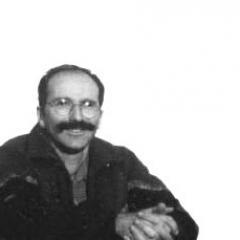|

Born in 1960, Andreas Gruschke lives and works in the southwest German city of Freiburg. 1982 to 1990 studies in geography, ethnology (cultural anthropology) and sinology at universities in Aachen, Freiburg and Beijing (1984/85). Work as a lecturer at Shanxi Agricultural University in Taigu, Shanxi, PRC (in 1985/86), and at Kangweon National University in Chuncheon, South Korea (1992/93). Beginning in 1987 repeatedly guiding study tours through Eastern and Central Asia, with the emphasis put on Tibet and the Silk Road. During numerous private stays the author continued research on Tibetan culture, with a particular view to the ethnic development and the relationship between the different peoples in contact. Altogether, he has been more than 30 times to the various parts of the Tibetan realm, thus having travelled some 80,000 km all over the highland, from Ladakh and Western Tibet, several Tibetan areas in the Himalayas, southern and central Tibet, the vast steppes of the Changthang in the plateau's heart up to almost every area in Amdo and Kham in the East. His publications therefore mostly deal with Tibetan culture, including picture albums on Tibet, books on the oral tradition of the Tibetans and articles on ethnography, history and society. |